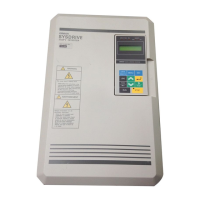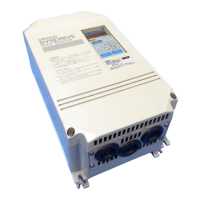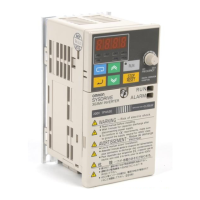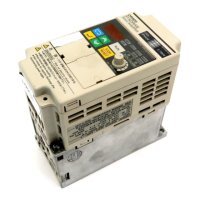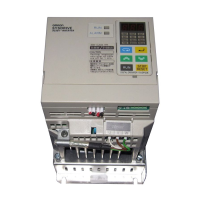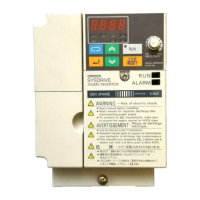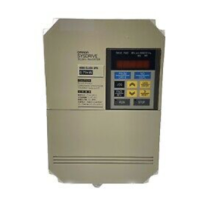45
Generally,
PG
is
A-phase
driven
when
rotation
is
clockwise
(CW)
see
from
the
input
axis.
Also,
motor
rota-
tion
is
counter-clockwise
(CCW)
seen
from
the
output
side
when
forward
commands
are
output.
Conse-
quently,
when
motor
rotation
is
forward,
PG
is
normally
A-phase
driven
when
a
load
is
applied,
and
B-phase
driven
when
a
load
is
not
applied.
nSetting
Number
of
Gear
Teeth
Between
PG
and
Motor
Set
the
number
of
PG
gear
teeth
in
F1-12
and
F1-13.
If
there
are
gears
between
the
motor
and
PG,
you
can
operate
the
motor
by
setting
the
number
of
gear
teeth.
When
the
number
of
gear
teeth
has
been
set,
the
number
of
motor
rotations
within
the
Inverter
is
calculated
using
the
following
formula.
No.
of
motor
rotations
(r/min.)
=
No.
of
input
pulses
from
PC
×
60
/
F1-01
×
F1-13
(No.
of
gear
teeth
on
load
side)
/
F1-12
(No.
of
gear
teeth
on
motor
side)
nMatching
Motor
Speed
During
Acceleration
and
Deceleration
to
Frequency
Reference
You
can
select
whether
to
enable
or
disable
integral
operation
during
acceleration
and
deceleration.
To
match
the
motor
speed
as
closely
as
possible
to
the
frequency
reference
even
during
acceleration
and
decel-
eration,
set
F1-07
to
1.
IMPORTANT
If F1-01 is set to 1, overshoot or undershoot may occur easily immediately after acceleration and decelera-
tion. To minimize the possibility of overshoot or undershoot occurring, set F1-01 to 0.
Inverter
Forward
command
Motor PG (encoder)
Pulse output
A-phase driven when set value = 0
B-phase driven when set value = 1
A-phase A-phase
B-phase
B-phase
Example: Forward rotation of standard Yaskawa motor (PG used: E6B2-CWZ6C)
Forward
command
Motor output axis rotates
counter-clockwise during In-
verter forward command.
Rotation
(CCW)
A-phase
B-phase
The standard PG has A-phase driven (CCW) when motor rotation is forward.

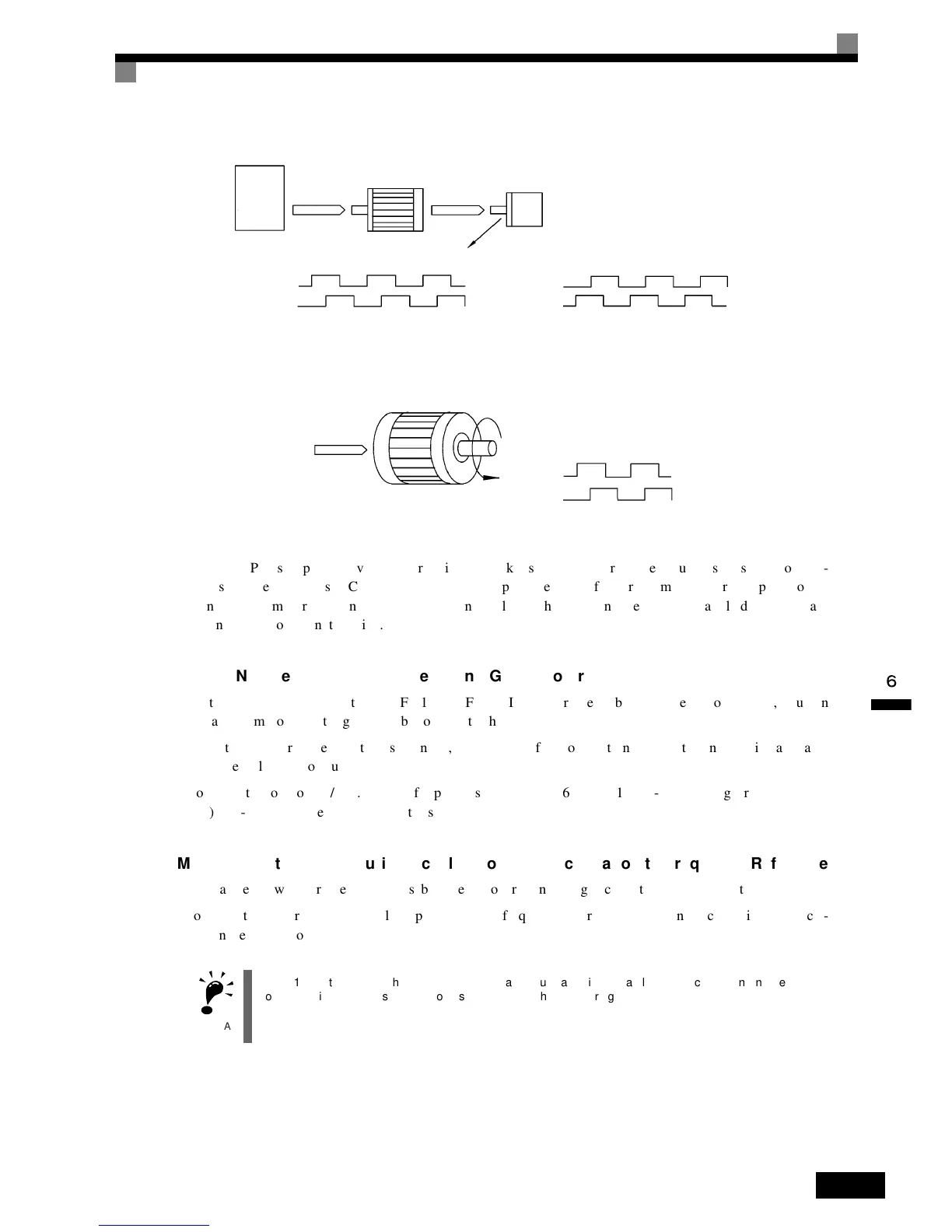